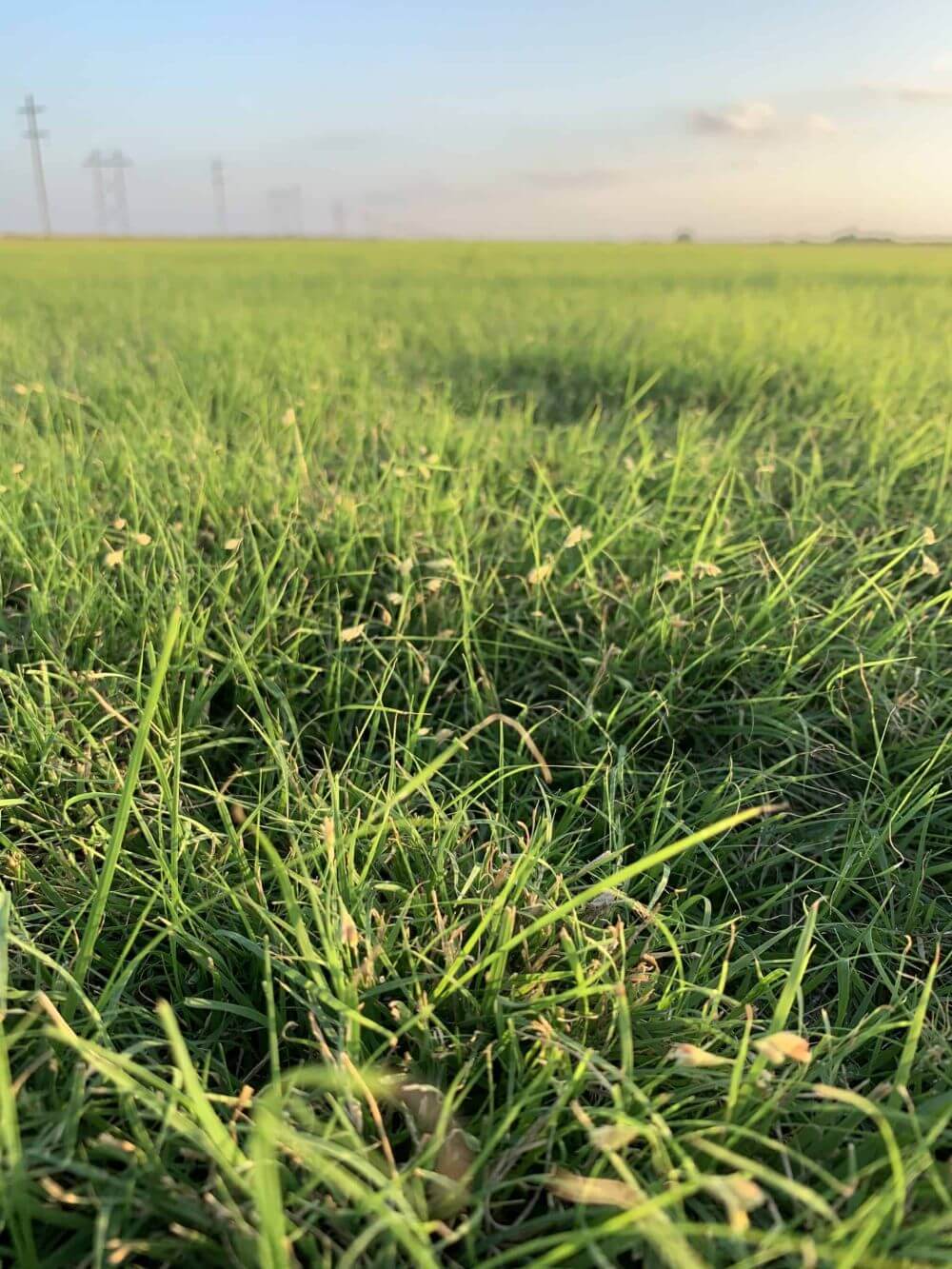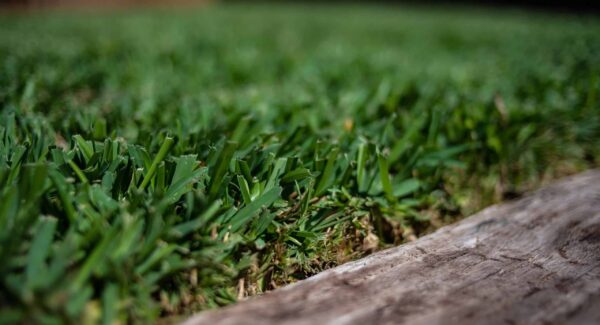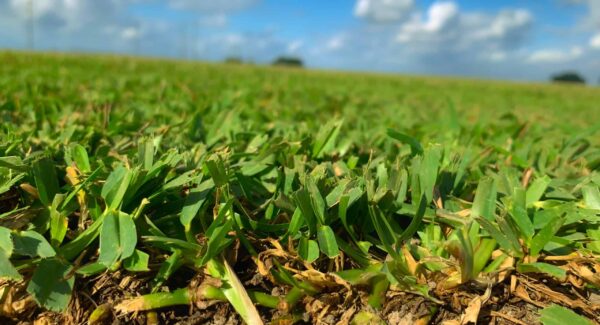Buffalograss Usage and Management

Intro
Buffalograss is a native turfgrass to many regions in Texas. Out of all Texas’ native grasses, Buffalo is often considered the most attractive because of its uniformity and color. Buffalograss ranges from green to blue-green and is a perennial warm-season grass. Buffalograss adopted its name because it was the main grass buffaloes would feed on when they roamed the Great Plains.
Usage
Buffalograss is adapted to various soils, but it grows best in clay soils and does not thrive in sandy soils. Unlike other Buffalograss cultivars, Density can perform well in humid climates and higher soil pH. It also prefers low rainfall areas. When grown in areas with sandier soil and higher amounts of rainfall, Buffalograss will commonly be invaded by other grasses, such as Bermudagrass.
Buffalograss isn’t highly tolerant to traffic, and when it is over-managed or under stress, it is likely to die or be replaced by other weeds & native grasses. This turfgrass species is commonly seen on roadsides, school properties, parks, golf courses, and cemeteries. Homeowners should not plant Buffalograss in their yards if they do not appreciate the natural, less manicured look it offers.
Care
Buffalograss is known for its low-maintenance qualities. It is very drought tolerant and doesn’t need much watering or irrigation. Always water buffalograss deeply but infrequently. Buffalo’s one downside is that it is susceptible to shade stress and will not grow well under any shade, needing full & direct sunlight all day. Mow between two and three inches. With proper irrigation, Buffalograss can stay green all spring and summer. One inch of water per week will keep it green. Otherwise, the grass will go into dormancy during the summer. Too much nitrogen fertilization and watering will encourage encroachment of weeds and native grasses, such as Bermudagrass.
If you have any questions or are interested in buffalo sod, contact The Grass Outlet today.





